 In a game like hockey, speed kills. My favourite quote which brings both speed and hockey together is:
In a game like hockey, speed kills. My favourite quote which brings both speed and hockey together is:
“A loose puck doesn’t know who is bigger, stronger, or drafted higher. A loose puck only knows who gets to it first!”
Brilliant… And so true.
When we talk about goaltending, speed also kills. Maybe even more so. The great goalies seem to move faster than the puck. As they say, these goalies have cat-like reflexes or a “super-human” reaction time.
Now here’s where I have to take a stand. The typical use of reaction time is not correct. In the media (every time I hear a colour analyst say reaction time, I cringe), when the phrase is used, what is being referred to is the goalie’s ability to read where the puck is going and move part of his body (glove, blocker, pad, etc.) to intercept it before it passes them. In sport science, this is referred to as response time, not reaction time.
Reaction time is part of response time but it’s not alone. The other component of response time is movement time. So to really turn everyone off, here’s the math part of this post (it’s really not that bad, just kind of geeky):
Response Time = Reaction Time (RT) + Movement Time (MT)
Simple, yet powerful, as I’ll try to explain in a moment. To distill this down to what we see on the ice, the ability of the goalie to intercept a puck fired at the net, the goalie needs to have a quick response time and this requires the goalie to recognize that the puck is on it’s way (RT) and then move to stop it (MT).
Now, I know how these things work. You’re probably all thinking “Who the hell cares, reaction time, response time! We all know what they mean.” Just about everyone I talk to about this just rolls their eyes and quietly hopes that I’ll drop it if they nod their head in agreement and don’t say anything. But here’s the thing, and this is the powerful part, it has a huge impact on how we can train goalies.
When we think only in terms of “Reaction Time”, as used by the general hockey public (i.e., not sport scientists), how do we design drills to improve this component of goaltending?
When we recognize that there are multiple pieces to Response Time, we can now direct training to each aspect of response time (RT & MT), as well as identify where we can make the most improvement.
For example, if we measure a goalie’s reaction time and movement time (and now can calculate their response time), we may see that their response time is about the same as the “average” goalie they compete against.
But when we look at their RT and MT components separately, we see a different picture – an opportunity. Their RT is substantially faster than their competition, however, their MT is slower. We can now develop a training plan specifically designed to improve their MT and thus improve their overall Response Time. Instead of seeing an “average goalie” we now know where we can focus so that the goalie becomes anything but average. We can now create a goalie with cat-like reflexes. That goalie will have a “super-human” response time.
Perhaps someone reading this knows someone in the media and can forward this post on to those colour analysts and they can start saying “Wow, that goalie’s got incredible response time!”, and I can stop cringing.

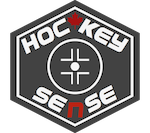
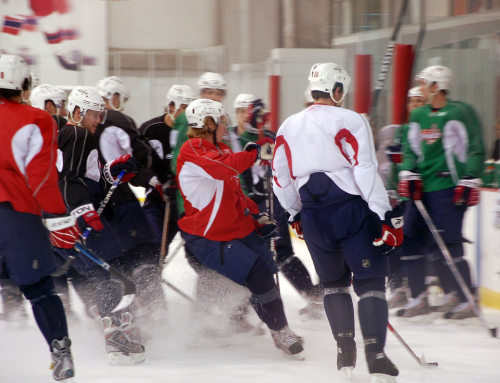
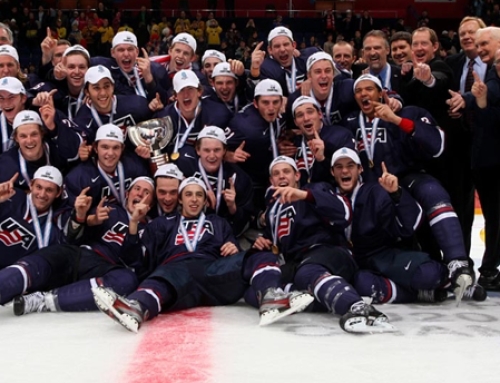
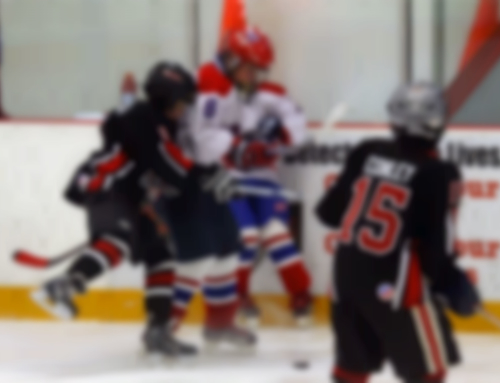
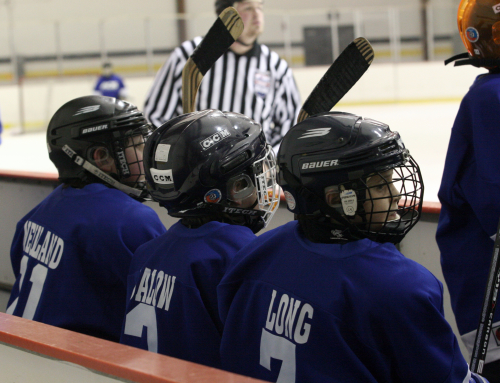
Leave A Comment